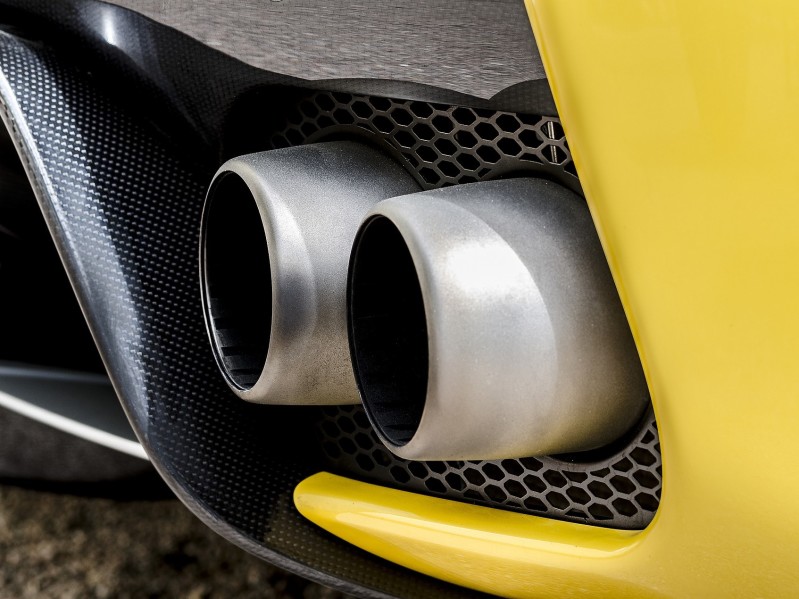Walloon regional plan for the reduction of air pollution
17028
From 2017 to 2018
To comply with European NEC directives, Wallonia developed a regional plan to reduce air pollutants by 2030. TML evaluated emission-reducing measures in the transport sector by conducting cost-benefit analyses.
This project focused on the realisation of a Walloon regional plan for the reduction of certain air pollutants by 2030 so that Wallonia can meet the European NEC directives (targets related to national emission ceilings). Belgium and Wallonia have already taken important measures to improve air quality. For this project, TML, CLIMACT, and Citepa, together with ICEDD (project leader), provided the evaluation of the measures considered by AWAC. To this end, each partner conducted a cost-benefit analysis (CBA) for its sub-domain to choose which measures should be added to the existing scenarios to meet the objectives.
TML's specific role was to evaluate emission-reducing measures in the transport sector. To do so, we used our knowledge of calculating vehicle fleets and specific emission calculation models. We also used our extensive experience in providing policy advice on reducing emissions.
Results
Air pollution is one of the most critical environmental problems. Current levels of air pollutants have negative effects on health and the environment, including a significant shortening of life expectancy. There are significant economic costs associated with this. The effects of poor air quality are greatest on people in urban areas (health problems due to excessive exposure to NO2 and PM2.5/PM10) and on ecosystems adversely affected by excessive nitrogen deposition.
Air pollution policy decision-making in Belgium and Wallonia is based on two elements:
Within this project, each partner conducted a cost-benefit analysis for its sub-domain to choose which measures to add to the scenarios. The corresponding emission reductions and costs were determined for each pollutant and for each action.
The final choice of which actions to implement - based on associated costs and achievable targets - was left to the client.
This project focused on the realisation of a Walloon regional plan for the reduction of certain air pollutants by 2030 so that Wallonia can meet the European NEC directives (targets related to national emission ceilings). Belgium and Wallonia have already taken important measures to improve air quality. For this project, TML, CLIMACT, and Citepa, together with ICEDD (project leader), provided the evaluation of the measures considered by AWAC. To this end, each partner conducted a cost-benefit analysis (CBA) for its sub-domain to choose which measures should be added to the existing scenarios to meet the objectives.
TML's specific role was to evaluate emission-reducing measures in the transport sector. To do so, we used our knowledge of calculating vehicle fleets and specific emission calculation models. We also used our extensive experience in providing policy advice on reducing emissions.
Results
Air pollution is one of the most critical environmental problems. Current levels of air pollutants have negative effects on health and the environment, including a significant shortening of life expectancy. There are significant economic costs associated with this. The effects of poor air quality are greatest on people in urban areas (health problems due to excessive exposure to NO2 and PM2.5/PM10) and on ecosystems adversely affected by excessive nitrogen deposition.
Air pollution policy decision-making in Belgium and Wallonia is based on two elements:
- The preparation of projections and scenarios on the evolution of air pollution in order to assess the trends and effects of policy measures on emissions.
- The economic analysis of the measures, to then choose the most effective ones, taking into account the costs and benefits of each measure.
Within this project, each partner conducted a cost-benefit analysis for its sub-domain to choose which measures to add to the scenarios. The corresponding emission reductions and costs were determined for each pollutant and for each action.
The final choice of which actions to implement - based on associated costs and achievable targets - was left to the client.


